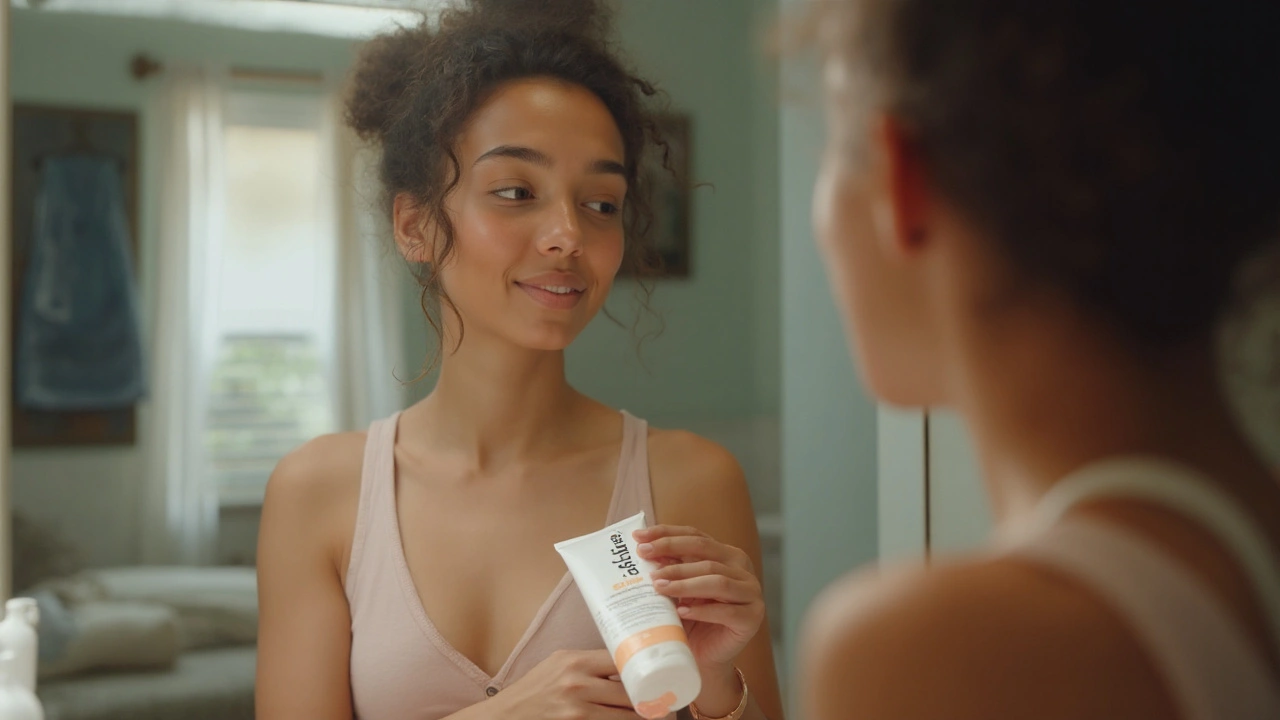Acne Treatment: Quick, Real‑World Tips to Clear Your Skin
Acne can feel like a never‑ending battle, but most people can get clear skin without pricey clinics. The key is to keep things simple, consistent, and backed by what actually works. Below are everyday habits and over‑the‑counter options that give results for most skin types.
Everyday Habits That Help
Start with your routine. Wash your face twice a day with a gentle cleanser – no scrubbing. Harsh rubbing can irritate pores and make breakouts worse. Look for products that mention "non‑comedogenic" or "oil‑free"; they won’t clog pores.
Hands are a hidden cause of acne. Touching your face spreads oil and bacteria. Try to keep your phone screen clean and avoid resting your chin on your hand. When you sweat, rinse your skin within 30 minutes – sweat can mix with oil and lead to clogged pores.
Diet matters, but you don’t need a full food overhaul. Cutting back on sugary drinks and high‑glycemic snacks can reduce flare‑ups for many people. Instead, add more water, leafy greens, and omega‑3 rich foods like salmon or walnuts. These help lower inflammation, which is a big part of acne.
Stress isn’t just a feeling; it triggers hormones that can worsen breakouts. Try a short daily habit like a 5‑minute breathing exercise, a quick walk, or a short yoga stretch. Even a few minutes can keep cortisol levels in check and keep your skin calmer.
Top Over‑the‑Counter Options
Look for products with proven ingredients. Benzoyl peroxide (2.5%–5%) kills bacteria and dries out excess oil. Start with a lower strength to avoid irritation, and apply only to the spots you need.
Salicylic acid (0.5%–2%) unclogs pores by dissolving dead skin cells. It’s gentle enough for daily use and works well for blackheads and whiteheads. A light serum or a spot treatment works best.
If you have inflamed pimples, a short course of a topical retinoid can speed up cell turnover. Products like adapalene 0.1% are now available without a prescription. Use at night, start every other day, and pair with a moisturizer to keep skin from drying out.
Moisturizing might sound odd when you’re fighting oil, but dry skin triggers more oil production. Choose a light, gel‑based moisturizer labeled "non‑comedogenic". It seals in moisture without adding extra grease.
Finally, protect your skin from the sun. Some acne treatments make you more sensitive to UV light. Use a broad‑spectrum SPF 30 or higher daily – there are matte, oil‑free formulas that won’t clog pores.
Stick to these habits for at least six weeks before judging results. Acne improves slowly, and consistency beats quick fixes every time. If you’ve tried these steps and still see stubborn cysts, it might be time to see a dermatologist for prescription options.
Remember, clear skin isn’t a magic gift – it’s the result of steady, sensible choices. Start with one or two changes today, and watch the difference grow over the weeks ahead.
-
Differin Gel: Real Results, Science, and Everyday Tips for Acne Relief
Get the real facts about Differin Gel, how it tackles acne, and ways to make it work best for your skin. Tips for beginners and sensitive skin included.
